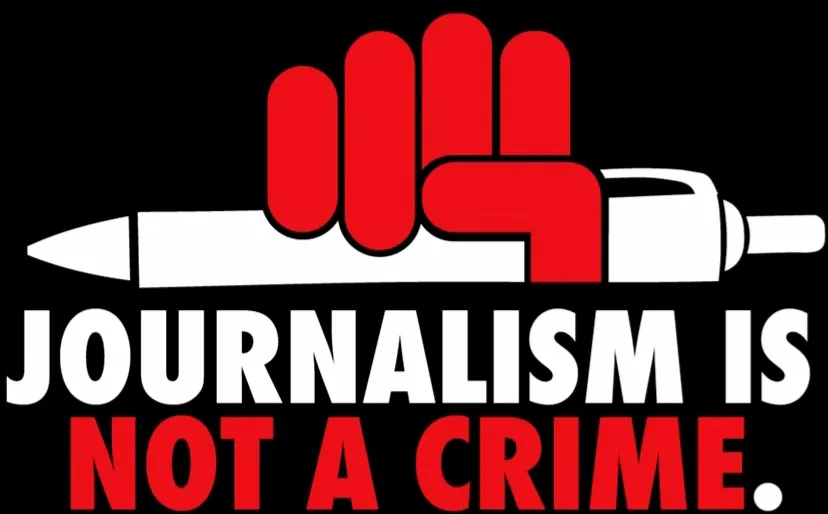The interim government of Bangladesh, led by Chief Adviser Muhammad Yunus, faces mounting accusations of usurping power and fabricating human rights narratives, with activists urgently demanding scrutiny of a flawed United Nations (UN) report on the July-August 2024 protests.
Released on February 12, 2025, by the Office of the High Commissioner for Human Rights (OHCHR), the report claimed at least 1,400 deaths during the unrest, nearly double the Ministry of Health’s (MoH) updated tally of 834.
This discrepancy, compounded by evidence of fraudulent victim lists, pervasive repression, and the government’s refusal to reconcile data, has triggered a credibility crisis.
The Yunus regime’s exploitation of the inflated figure to justify authoritarian measures—amidst deteriorating press freedom, mob violence, judicial interference, police brutality, minority repression, and impunity—demands immediate action for truth-telling and unbiased justice.

The OHCHR’s report documented brutal repression by the former Awami League government, estimating 1,400 deaths from July 15 to August 5, 2024, using data from the National Security Intelligence (NSI)—under Yunus’ control—and civil society organization (CSO) lists, adding 341 deaths not in the MoH’s tally.
Five months later, the MoH has not integrated this data despite updates, raising questions about government opacity. The omission of revenge killings post-August 5 further weakens the report. The MoH’s 834-victim list is riddled with fraud, as Banglanews24 and The Daily Republic reveal.
Examples include a Dhaka resident killed in a July 18 traffic accident and another listed as injured from a household fall, alongside Atikur Rahman Jewel, lynched by protesters on July 20. These fabrications suggest deliberate inflation.
Journalists call the 566-death gap a “discrepancy meriting investigation,” noting the MoH’s death certificate-based count trumps the NSI’s opaque data.
Yet, three journalists were sacked for challenging Cultural Affairs Adviser Mostofa Sarwar Farooki’s 1,400 figure, reflecting a chilling effect. Press freedom has collapsed under Yunus.
Since August 2024, over 260 journalists face murder charges, 18 are imprisoned without trial, 1,000 have been fired or forced to resign, 168 accreditation cards have been cancelled, and 83 press club memberships revoked, per earlier data.

Reports highlight a “systematic erosion” with job losses and state pressure silencing critical voices. Media offices, like those of Prothom Alo, face occupation, and the government’s press wing, led by Shafiqul Alam, demands edits to critical content.
The 2022 World Press Freedom Index ranked Bangladesh 162nd out of 180, a trend worsening with the Cyber Security Act’s (CSA) repressive provisions, criticised for mirroring the Digital Security Act’s stifling of dissent. Mob attacks surged post-Hasina’s August 5 resignation.
Websites document 1,494 vandalised sculptures, 2,010 attacks on Hindus across 45 districts, and five Hindu deaths, with incidents like the Abhaynagar attack in June 2025, where 18 Hindu homes were looted and burned.
The Bangladesh Hindu Buddhist Christian Unity Council reported attacks on temples and properties, while Abahani Limited lost 500 trophies to mob violence.
These acts, often linked to Islamist groups like Hefazat-e-Islam, enjoy impunity, with the government dismissing claims as exaggerated. Judicial influence is evident.
The Yunus administration dropped cases against opposition figures but filed 80,000 politically motivated cases against 500,000 Awami League members and kept 140,000, including over 100 MPs and ministers, in jail.
The May 2025 amendments to the International Crimes Act and Anti-Terrorism Act, criticised by OHCHR, undermine fair trials, echoing Hasina’s capture of the judiciary.
Political loyalty in judicial appointments, as noted by law adviser Asif Nazrul, has compromised independence. Police brutality persists.
The OHCHR report cites 1,400 deaths, with 12-13% children, from excessive force, including the July 16 killing of Abu Sayed by police in Rangpur. Amnesty International documented tear gas, rubber bullets, and live ammunition, with a “shoot-to-kill” curfew.
Post-August, 25 custodial killings of Awami League members are reported on X, reflecting continued impunity. Minority repression has intensified. Hindus, Ahmadiyya Muslims, and indigenous groups face violence, with 2,010 Hindu attacks and Chittagong Hill Tracts clashes.
The government’s punitive Rohingya policies, like Bhasan Char relocations, exacerbate suffering, while the rise of Islamist groups fuels harassment of women on campuses. Impunity and indemnity are rampant.
Killers and looters from July-August, including those targeting AL properties, face no accountability, with the government rejecting UN calls for reform.
The OHCHR’s silence on this misuse, despite fraudulent data, enables Yunus’ agenda. Activists demand a revised UN investigation, an independent commission, and repeal of repressive laws to ensure justice for all victims.